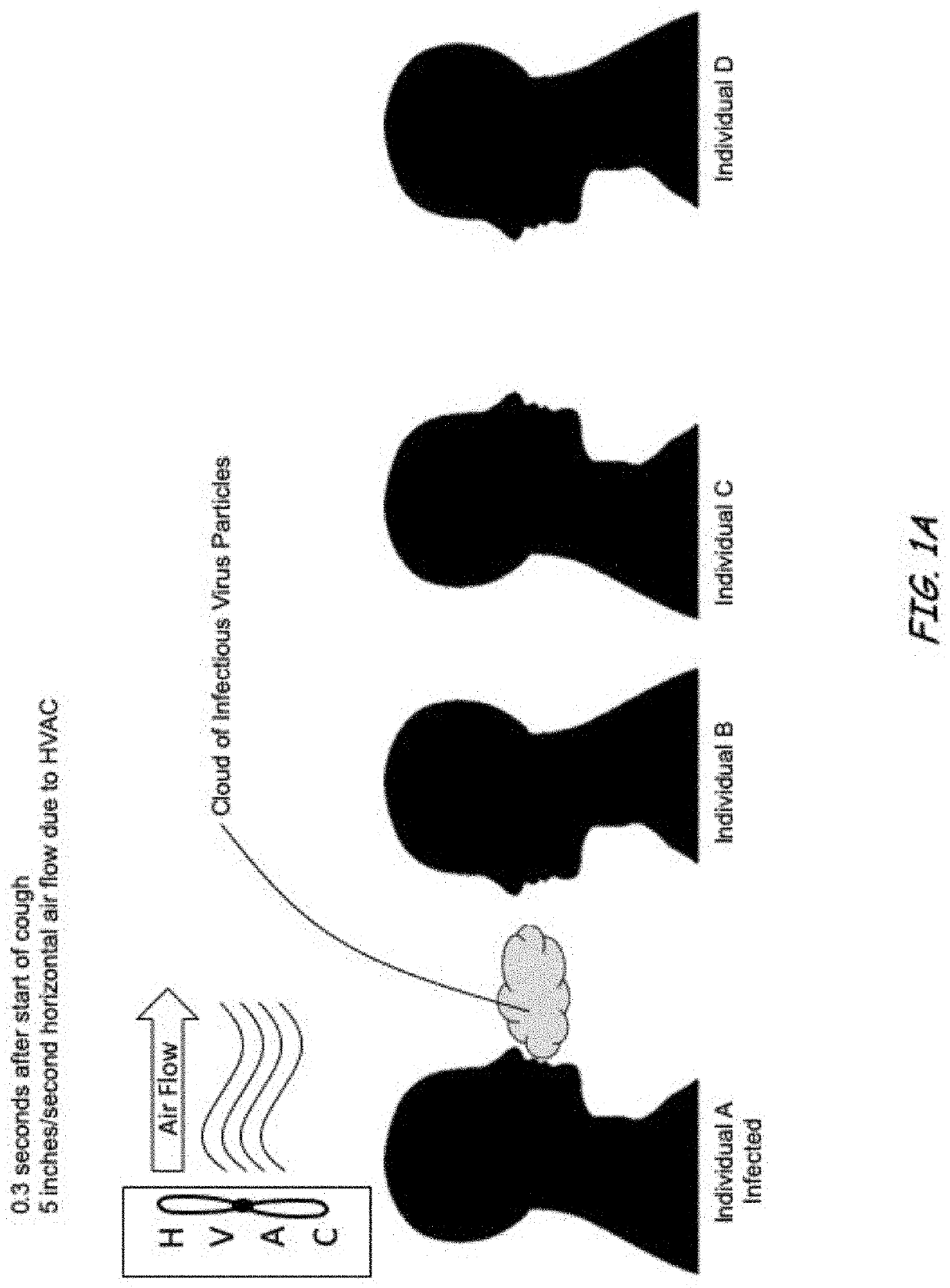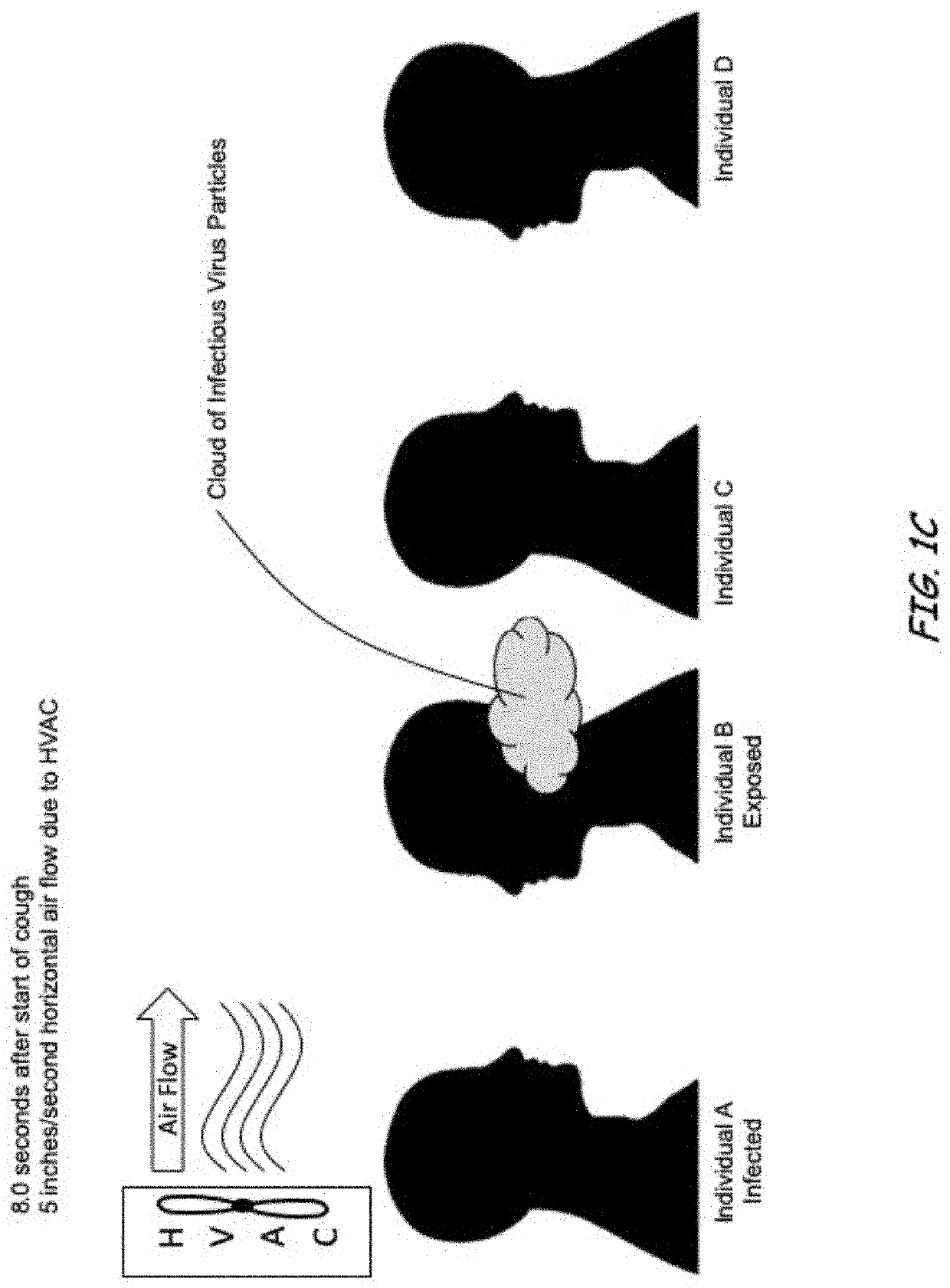Ventilation system and method for killing airborne infectious bacteria, viruses and other pathogens
a technology of airborne infectious bacteria and air-to-air communication, which is applied in the field of ventilation systems, can solve the problems of inability to move the blower in the hvac system to the air contained in the building in a manner, harmful particles and pathogens that are too small for the filter to capture, and irritation of allergies or even sickness in humans and animals
- Summary
- Abstract
- Description
- Claims
- Application Information
AI Technical Summary
Benefits of technology
Problems solved by technology
Method used
Image
Examples
Embodiment Construction
[0045]Referring now to the drawings, preferred illustrative embodiments of the present invention are shown in detail. Although the drawings represent embodiments of the present invention, the drawings are not necessarily to scale and certain features may be exaggerated to better illustrate and explain the present invention. Further, the embodiments set forth herein are not intended to be exhaustive or otherwise to limit or restrict the invention to the precise forms and configurations shown in the drawings and disclosed in the following detailed description.
[0046]The wearing of masks, other face coverings and shields as well as the use of plexiglass barriers and social distancing all work to limit the transmission of infections and viruses such as influenza and SARS-CoV-2, however, these tools will not kill and eliminate the infectious particles and pathogens. The present invention provides a ventilation system 10 that will force a cloud 12 of infectious viral material and pathogens...
PUM
 Login to View More
Login to View More Abstract
Description
Claims
Application Information
 Login to View More
Login to View More - R&D
- Intellectual Property
- Life Sciences
- Materials
- Tech Scout
- Unparalleled Data Quality
- Higher Quality Content
- 60% Fewer Hallucinations
Browse by: Latest US Patents, China's latest patents, Technical Efficacy Thesaurus, Application Domain, Technology Topic, Popular Technical Reports.
© 2025 PatSnap. All rights reserved.Legal|Privacy policy|Modern Slavery Act Transparency Statement|Sitemap|About US| Contact US: help@patsnap.com



